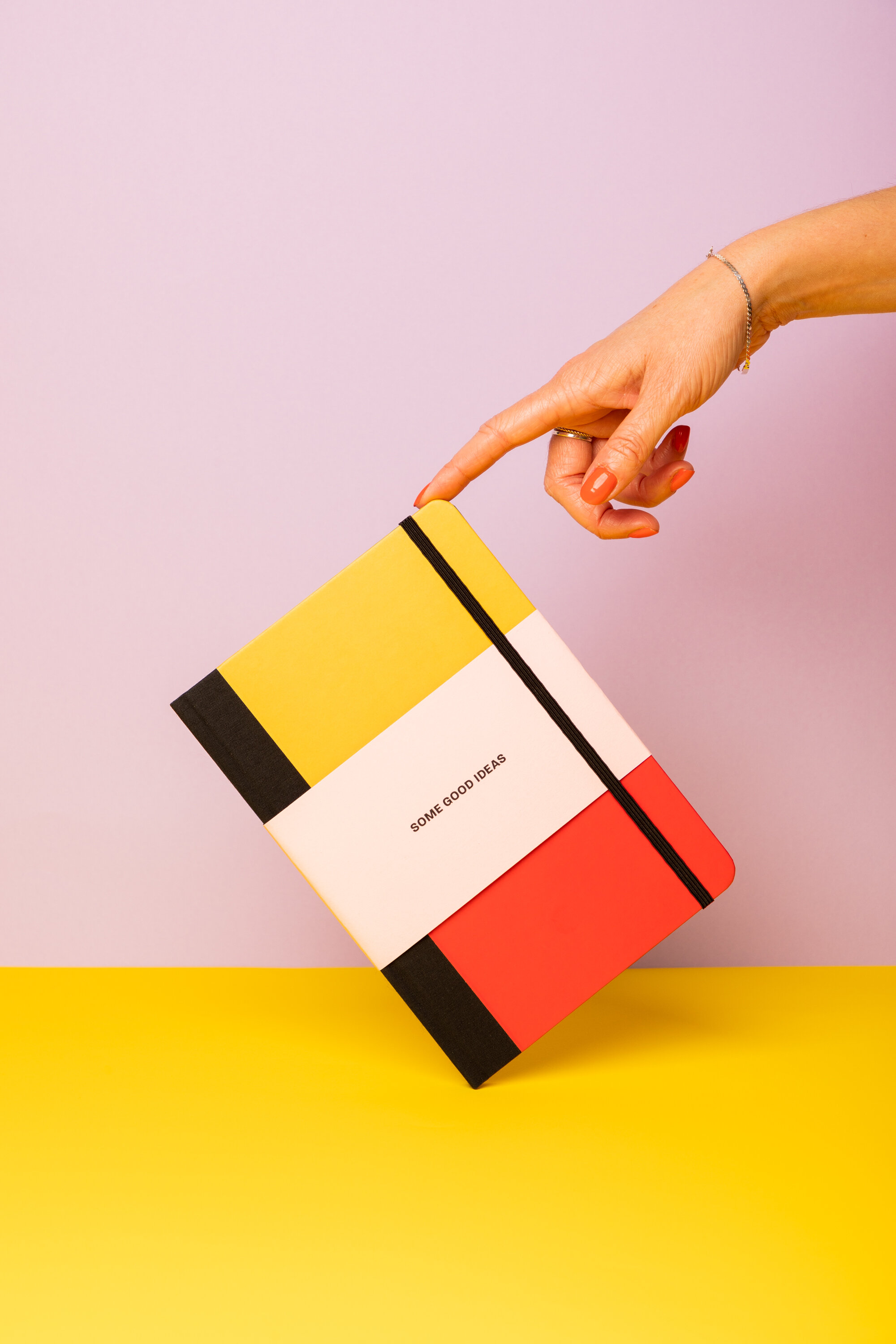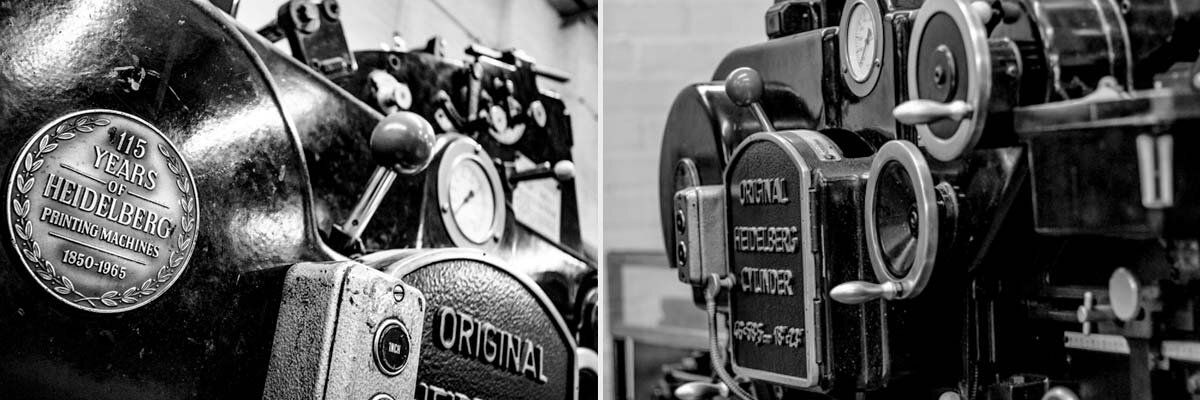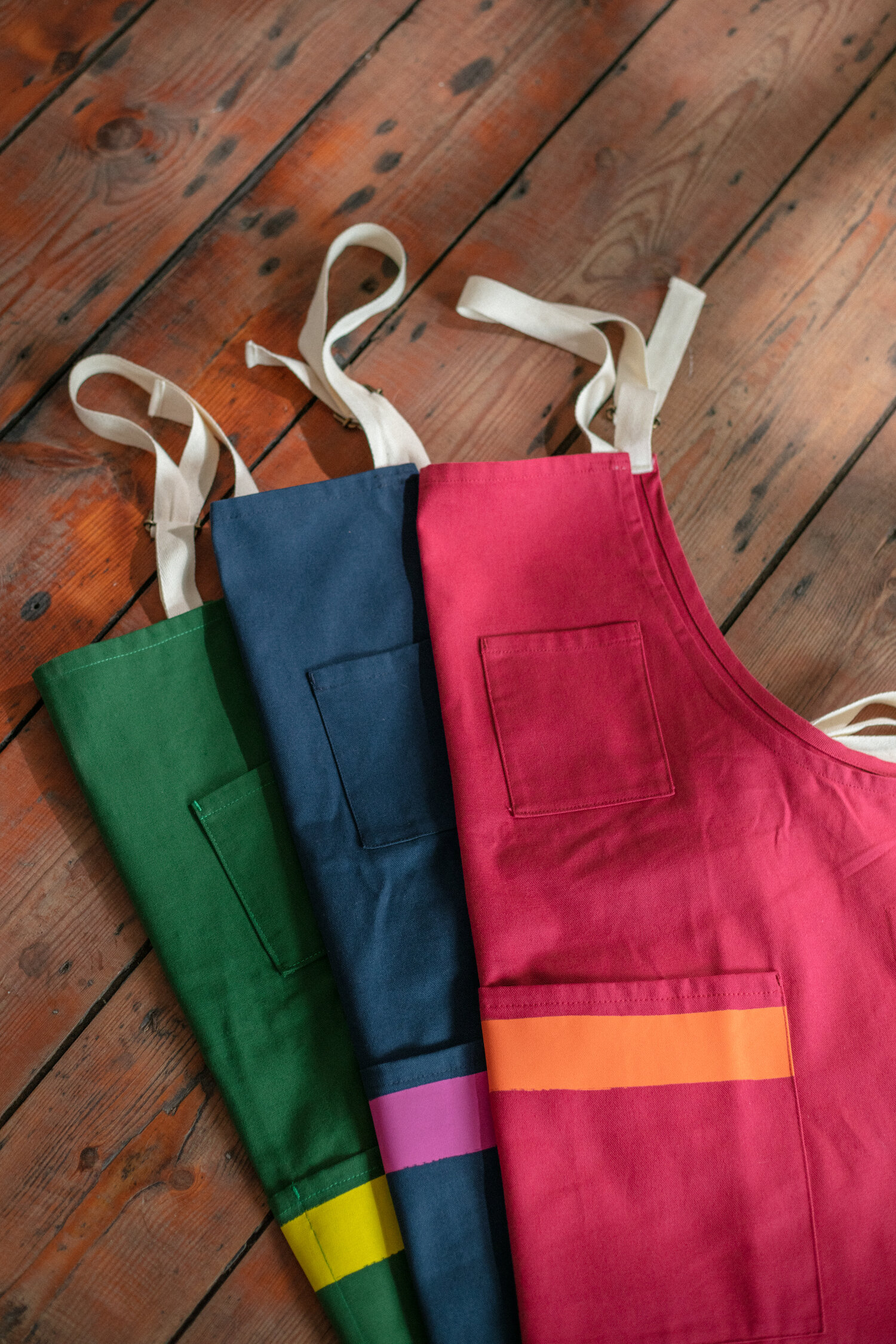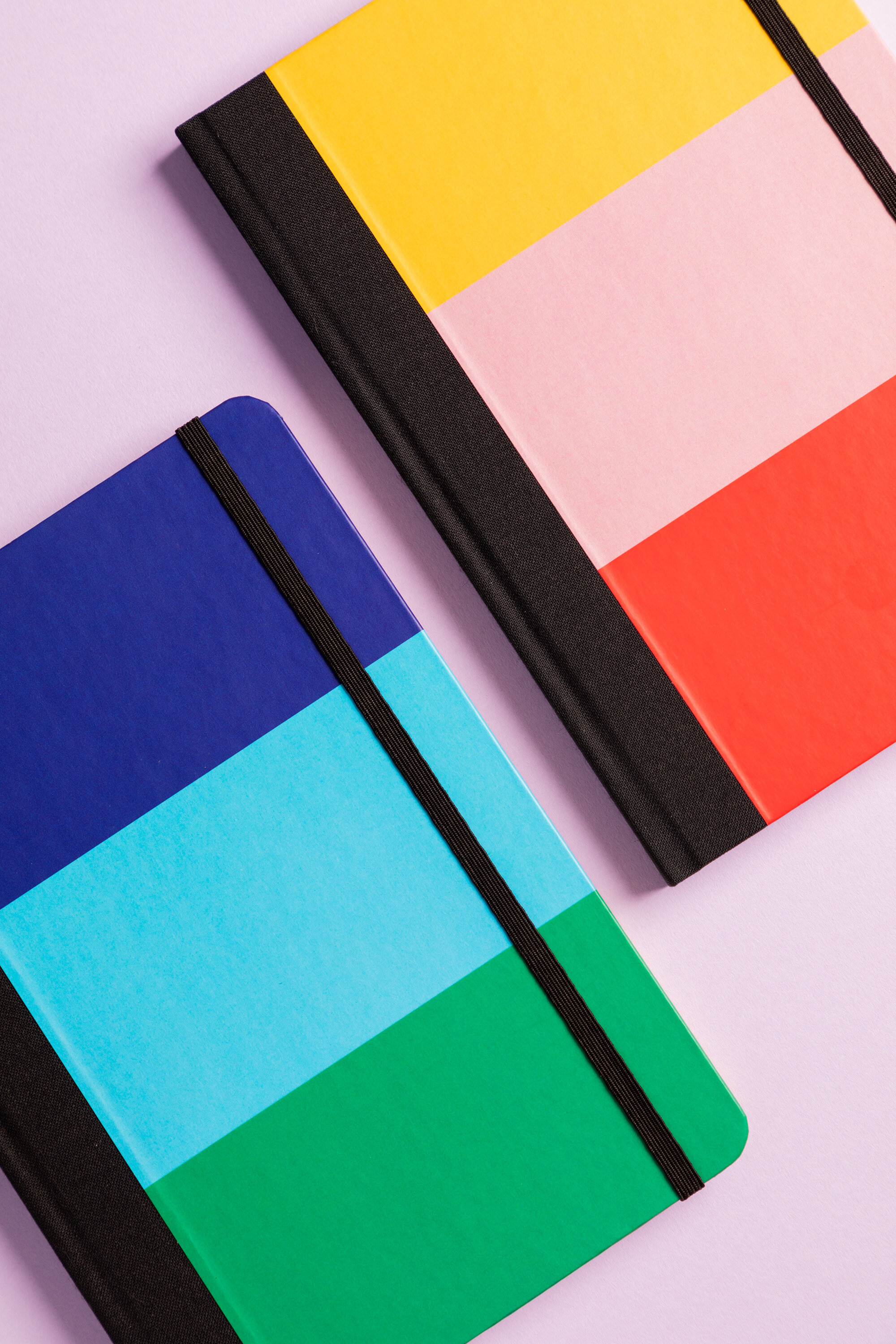The Story of Our Good Notebooks
Established in the 1950s by Peter Spiegl; Spiegl Press began as a commercial printing and book binding establishment. In 2010, Peter Spiegl’s son Hugo evolved the company into Stamford Notebooks; producing artisanal notebooks and journals crafted by hand using centuries old techniques.
Drawing on their wealth of experience and knowledge and the use of the highest quality British made materials, Stamford Notebooks are truly wonderful notebooks that are made to last.
Interview by Jimmy Sandison Some Good Ideas: Why did you make the transition to create artisan notebooks?
Hugo Spiegl, Stamford Notebooks: It was clear that smaller printing companies, such as ourselves, couldn’t compete in a very rapidly changing globalised market. We were simply unable to because we couldn’t afford the huge printing machinery.
And so the best thing we could do was to pivot, to look to the skills we already retained as a company; which was the ability to make something of quality with our craft and artisan skills.
And certainly, the hunch was right. People do want those types of products which are made all by hand, where more time has been taken and more skill used.
SGI: Can you set the scene for us, what does the factory look like? What equipment do you use and who operates them?
Hugo: The original company was based in four connected Georgian townhouses in Stamford, which my father bought in the 1950s. The local authorities were going to pull the buildings down, but my father approached them and asked if he could set up the printing business within them. They said, “be our guest”. The company occupied that space for about 40 years, but it became increasingly difficult to operate. We were spread over 24 different rooms and up and down four different staircases. It was obvious that we needed to move across town, to our current location, which is a 1960s industrial unit, we’re all on one floor, it’s much more efficient.
Image: Stamford NotebooksOver the years, we have collected quite an array of old equipment. You can't easily buy the sort of equipment we need. Primarily, because the nature of our production is very much short run, small quantities. The equipment used today in bookbinding is either something that produces 3000 books per hour or for the one-off photo book; and we sort of fall between the two. What we want is low quantity production equipment that would enable us to produce about 300 books a day.
Our hot foil blocking machine is a John T Marshall Series One, it’s getting on to be 100 years old. It’s a handprint machine, you can operate that quite happily to emboss 300 book covers per day.
Image: Stamford NotebooksOur sewing machine is from 1948, it’s a hand-fed, book sewing machine.
We mostly fold papers by hand, but the most manual part of the process is making the covers. We cut the fabric, put it through a gluing machine and stick it to the cover boards. There’s a front-cover board, a back-cover board and a spine board. Three boards that make up a case, and you fold it up by hand. One of the main necessities for hand production in this process is to create the rounded corners of the notebook covers. It's a very complicated, expensive process if you want to do it mechanically, but it’s remarkable what a pair of hands can do.
SGI: Have you noticed a demand for sustainably made notebooks recently? To what extent can you ensure that the notebooks are sustainable?
Hugo: Oh yes, the enquiries we get are from people wanting recycled paper and sustainable fabrics. But they’re actually quite difficult to get hold of. We typically only represent British made paper but there are just two mills left making paper in this country. One up in Scotland and one in Cumbria. It’s extremely high-quality paper. But recycled paper, that’s quite difficult to get hold of. One of the mills does have a recycled paper but it’s VERY expensive. And that could be a problem because our customers do have to weigh up the economics of the product they are developing, how they can sell it and at what price they can sell it.
“As commercial printers, we were conditioned to think, how cheaply can we do this and how quickly can we do this? That is the nature of the industry. We have stepped away from that and say, ‘No, this is actually going to be quite expensive, because we are going to use the best materials we can find’.”
When I talk to the British paper merchants, they don't beat the drum, they don't obviously market it as British. You really have to dig it up. It seems they're completely ignoring one of the biggest selling features of their product. All I can put it down to is lack of demand. The printing industry is largely dominated by what we call, ‘the big boys’, who are buying tonnes of paper for magazines. They are not interested in where the paper comes from, they’re just interested in the price. The paper that you see in circulation today is invariably shipped from China, South America and Australia.
Therefor the paper merchants don’t market an expensive British paper because they feel as though there isn’t a demand for it. I know we’re little guys and we don’t buy a huge amount, but they will always have a demand from us. The paper that we are buying is the most expensive, I cannot stress how expensive this British paper is, but I’ve always said, “If that’s the price, we will pay it”. That’s what we want to make our products out of.
For the material that covers the notebooks, that can be quite tricky to produce sustainably. If you think about the fabric industry, it's a vast industry, but finding British made fabrics, that's difficult, particularly if they're going to be suitable for making books. The ones that we use are made of natural fibres, cotton, linen; fibres that can be recycled.
As commercials printers, we were conditioned to think, how cheaply can we do this and how quickly can we do this? That is the nature of the industry. We have stepped away from that and say, “No, this is actually going to be quite expensive, because we are going to use the best materials we can find”. The final product reflects what we’re trying to do, to create something of utmost quality. And the items will sell.
Image: Department TwoNo, we’re not selling tens of thousands; we're selling what we're comfortable with.
It's been a very interesting journey. Of course, we always ask ourselves, “Are we doing the right thing?” We’re going out on a limb; we're going against popular conception of creating products to sell at the cheapest price. But it's very much about communicating to your customers about why you're doing what you’re doing, and we find that works. Today, people do want to buy a slice of time, a slice of artisans’ skill. And it’s very liberating once you’ve made that leap of faith.
We've always tried to communicate, not sell.
We should all try to encourage people to pay a little bit more for something which will last longer and was created with pride and passion.















